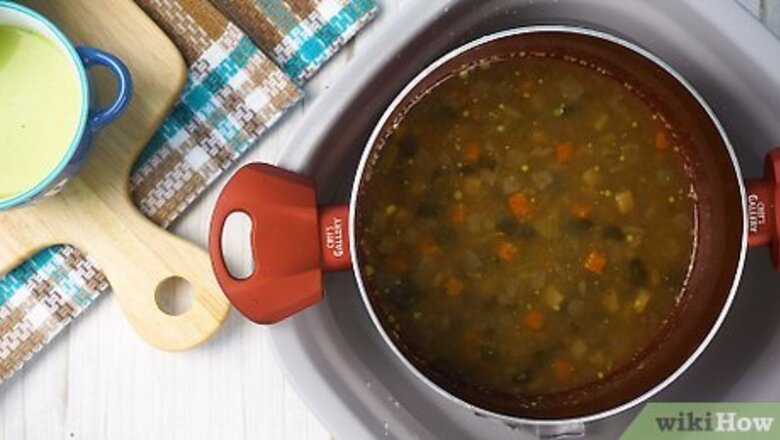
views
X
Research source
Refrigerating Your Soup
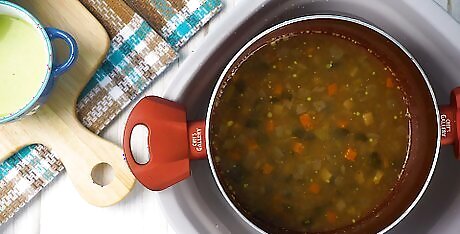
Cool your soup down to 70 °F (21 °C) using ice or ice water. Aim to cool down your soup within 4 hours, which helps prevent bacteria from forming. You can try a variety of different options to cool your piping hot soup to a warmer temperature, like using an ice water bath, stirring with cooling paddles, or mixing in extra ice. In an ice water bath, you place your container of soup in a basin or container of ice water until the soup reaches 70 °F (21 °C). Fill a set of cooling paddles with water, and freeze them for a few hours. Use these frozen paddles to cool your soup more rapidly. If you’re making the soup from scratch, make the broth a bit thicker than you normally would. As the soup is cooling down, stir in some ice cubes that will both lower the soup’s temperature and thin out the broth. While this doesn’t involve ice water, you can pour the soup into a shallow baking dish so it’ll cool more quickly.
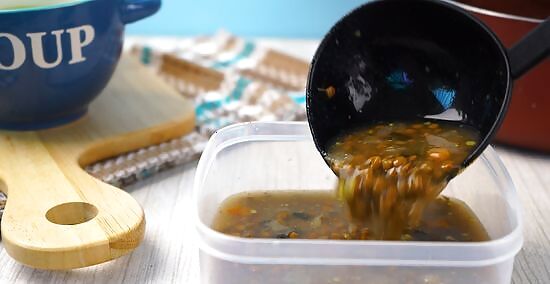
Refrigerate your soup uncovered until it reaches 40 °F (4 °C). Pour your partially cooled soup into a sturdy, airtight storage container, leaving the lid off. Store it towards the top of the refrigerator, so it can cool off more quickly. The total cooling process including the refrigeration shouldn’t take more than 4 hours.
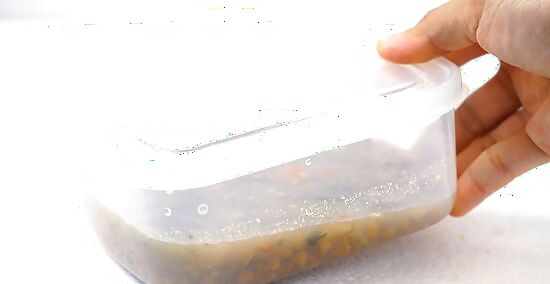
Seal the soup container once the soup is cooler than 40 °F (4 °C). Check on the soup over the next hour or so, using a food thermometer to see how cool the liquid is. Once the soup is 40 °F (4 °C) or cooler, secure the lid and place it back in the refrigerator. Your soup needs to reach 40 °F (4 °C) within 4 hours of whenever you started cooling it off. Bacteria can form anywhere from 40 to 140 °F (4 to 60 °C), so you want to make sure that your soup is below that threshold.
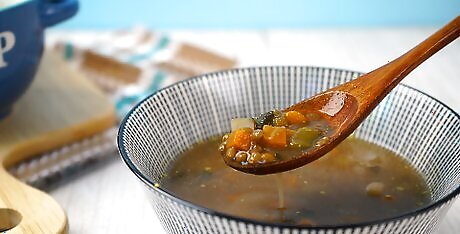
Enjoy your soup within 4 days. If you store your soup on a Monday, it’ll be good for the rest of the week. With this in mind, you can plan some of your upcoming meals with the soup that’s chilling in the refrigerator. If you have a lot of soup on hand, offer to share with a roommate or loved one.
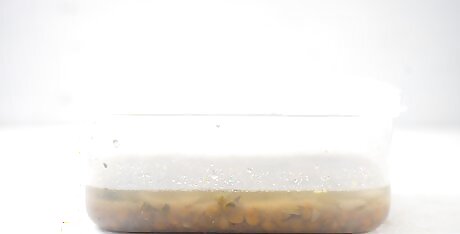
Freeze the soup if you don't plan to eat it within a few days. Pour your leftover soup in a small, freezer-safe container, leaving about ⁄2 in (1.3 cm) of space between the top of the soup and the lid. Seal the lid on these containers and place them in the freezer right away. For reference, label each container with the type of soup you’re freezing, and when you put it in the freezer. You can also use sealable plastic bags to store and freeze soup. As a general rule of thumb, don’t freeze too much soup in 1 container. It’s easiest to freeze your soup in a bag or container that holds 2 US qt (1.9 L) or less. Soups made with milk and cream taste the best within 2 months, and other types of broth taste the best within 3.
Reheating Your Soup
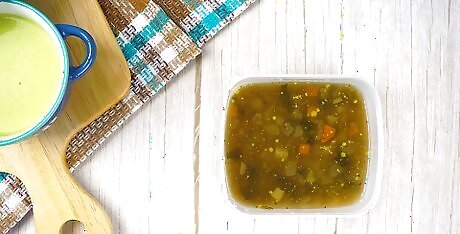
Microwave your soup as a quick option. Place the storage container in the microwave, or pour the soup into a microwave-safe bowl or container. Reheat the soup in increments, stopping it to stir and check the temperature until it's thoroughly heated.

Reheat your soup on the stove if you've got the time. Pour your refrigerated soup into a saucepan, which will make it easier to heat up. Set your stovetop to a high temperature and wait for the soup to reach a rolling boil.
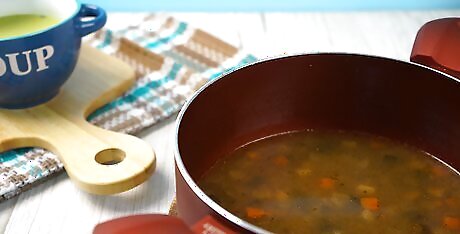
Heat the soup until it’s 165 °F (74 °C). Keep in mind that bacteria love to grow in food that’s anywhere between 40 and 140 °F (4 and 60 °C). Once you take your food out of the refrigerator, it’ll start warming up into this range. Keep warming it up in the microwave or on the stove until the liquid is at least 165 °F (74 °C).




















Comments
0 comment